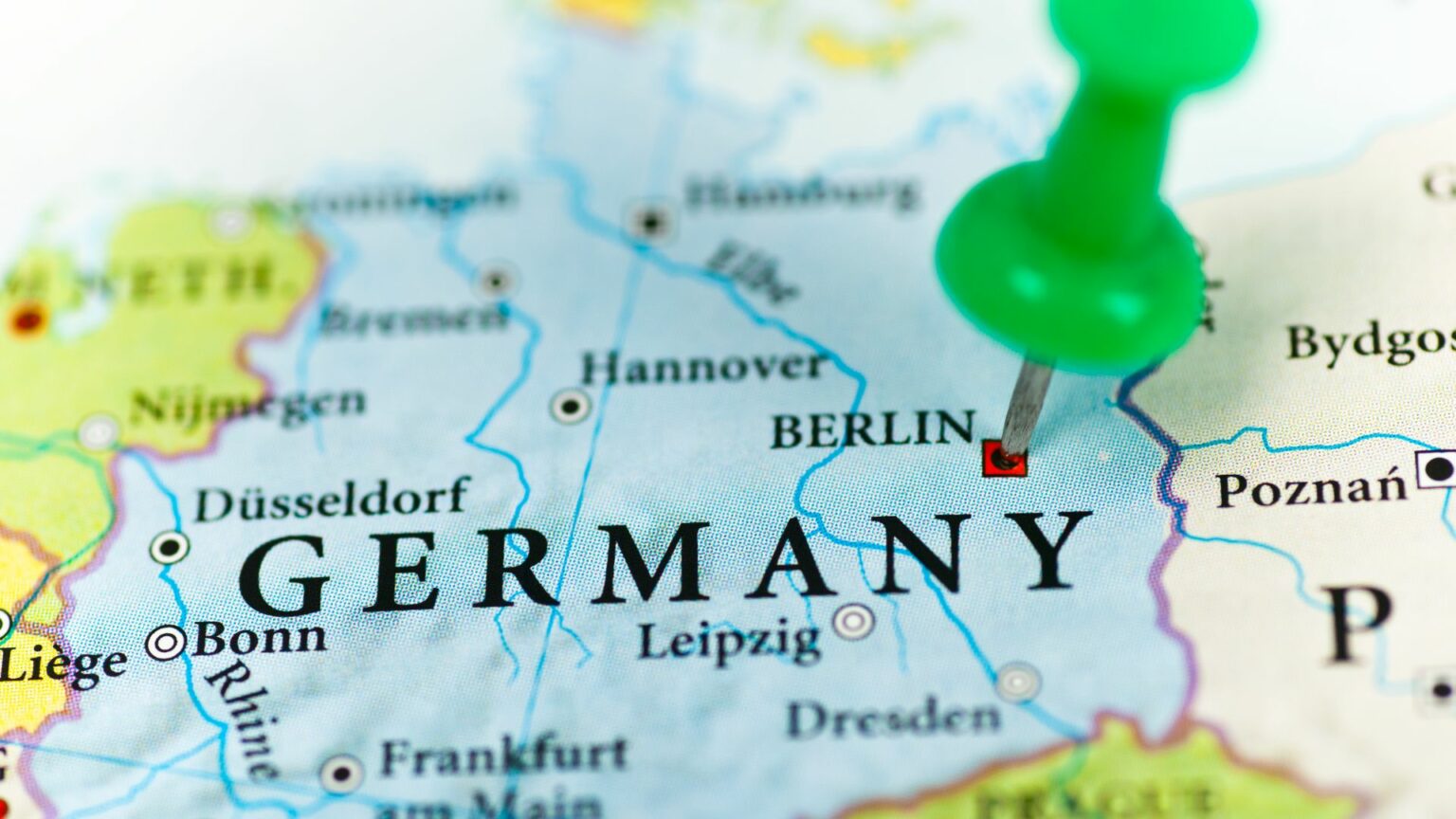The German wind association, BWO, is spearheading a groundbreaking initiative, calling for tenders on offshore electrolysers to propel green hydrogen production. The move comes in the wake of the 2022 revision of the German Offshore Wind Energy Act, WindSeeG, granting regulatory powers to the Climate Ministry.
The consultation conducted by the ministry in January aimed at exploring the potential of offshore green hydrogen production, particularly in the proposed area named SEN-1 in the North Sea by the maritime and hydrographic agency (BSH). However, despite the heightened interest, concrete regulatory proposals are yet to materialize.
BWO has seized the initiative, urging tenders not only for the SEN-1 site but also for additional areas, aligning with Germany’s ambitious goal of generating 500MW of green hydrogen annually from 2023 to 2028. The association emphasizes the need for the government to establish transmission fee rates for hydrogen pipelines, considering them crucial for expediting the development of offshore electrolysis.
Manuel Battaglia, BWO’s senior manager of policy and regulation, underscores the urgency of drafting regulations for the auction design of SEN-1 sites. BWO advocates for a swift consultation with stakeholders to initiate tenders by the first half of 2024. Despite SEN-1 being part of the current site development plan, the absence of a specified auction design delays the tender process.
Crucially, BWO seeks clarity on whether the SEN-1 space will be tendered as a single entity or divided into subareas. The association contends that the planned 102 square kilometers for SEN-1 is too vast for a single tender, advocating for division into two or three subareas to enhance actor diversity and foster a competitive landscape.
As Germany positions itself at the forefront of green hydrogen production, BWO’s call for tenders marks a pivotal moment in shaping the nation’s renewable energy landscape. The success of this initiative hinges on effective regulatory frameworks, timely tenders, and strategic division of the proposed areas, emphasizing the importance of collaboration between the industry and regulatory bodies in realizing Germany’s green hydrogen ambitions.





